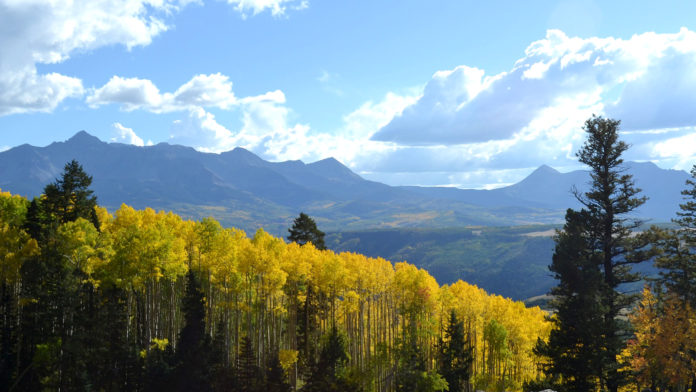Every year, tens of thousands of hectares of British Columbia’s forests are sprayed with glyphosate, the same controversial pesticidal ingredient in Roundup. But the target is a little bigger than the humble dandelion, and it is making the entire forest more susceptible to wildfire.
Pioneer species are amongst the first to repopulate after logging or wildfire, and they include mainly deciduous broadleaf trees like aspen, birch, cottonwood, willow, and alder. But in this context, they’re considered nothing more than weeds in a forest managed to maximize yields for logging.
Left to grow is a near monoculture of conifers like lodgepole pine and Douglas fir, which are the mainstay of the forestry industry. That effectively treats forests like farms, making them less resilient to all sorts of threats, from pine beetle infestations to uncontrollable fires.
When wildfires strike needle leaf forests, they tend to be fast moving fires that leap up to the crowns of the trees, making them more difficult to contain. They also have a lower water content and more volatile chemical compounds that make them more flammable.
By contrast, broadleaf trees like aspen have higher water content, provide more shade, and foster a cooler and more humid environment. According to Lori Daniels, professor of forest ecology at the University of British Columbia, that makes them a natural fire break that firefighters already know to rely on; when the fire hits a stand of aspen, it can fall from the forest crown back to the ground. And that’s why we urgently need to re-think how we manage our forests.
Stop the Spray B.C. spokesperson James Steidle is also vocal about his opposition to the elimination of broadleaf trees in crown forests. Not only are these trees critical to reducing wildfire risk in the face of climate change, they also sequester more carbon than needleleaf trees. Glyphosate pesticides used to keep broadleaf trees in check are also controversial because of their suspected negative impact on human health. And from bees to birds to moose, killing broadleaf trees destroys food and habitat they need to support a diverse forest ecosystem.
Most of the solutions proposed for managing wildfires just aren’t practical. Trying to remove fuel while actively encouraging a monoculture of the most naturally flammable trees is a losing strategy. In the end, only what’s good for the whole forest will be good news for the forestry industry.










































